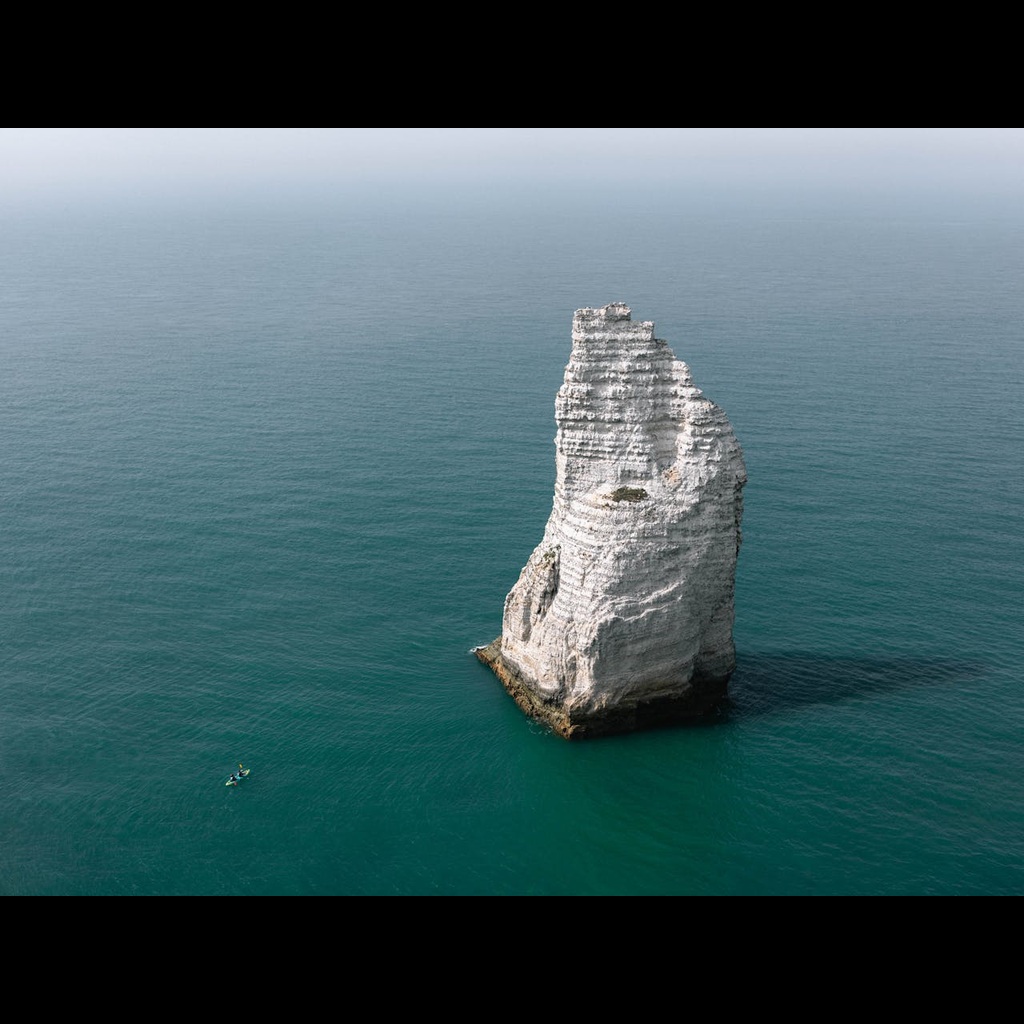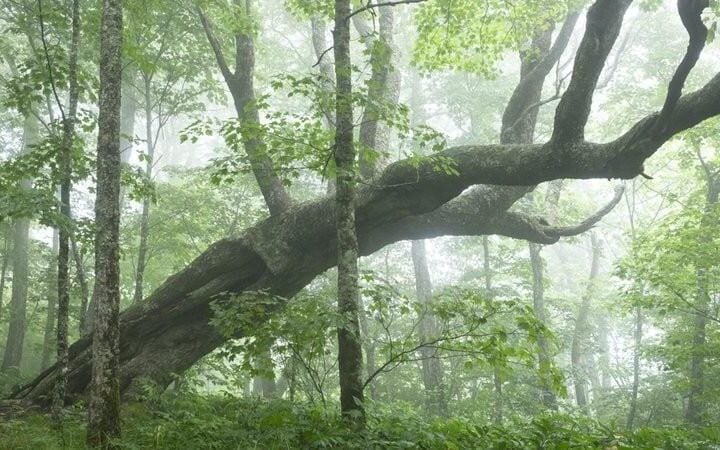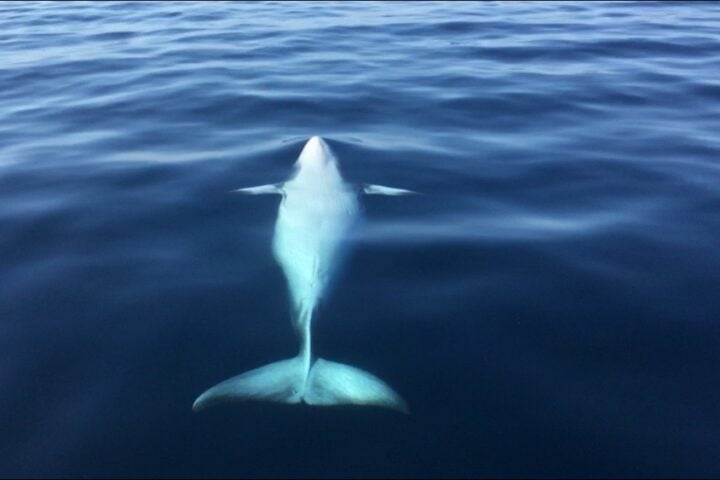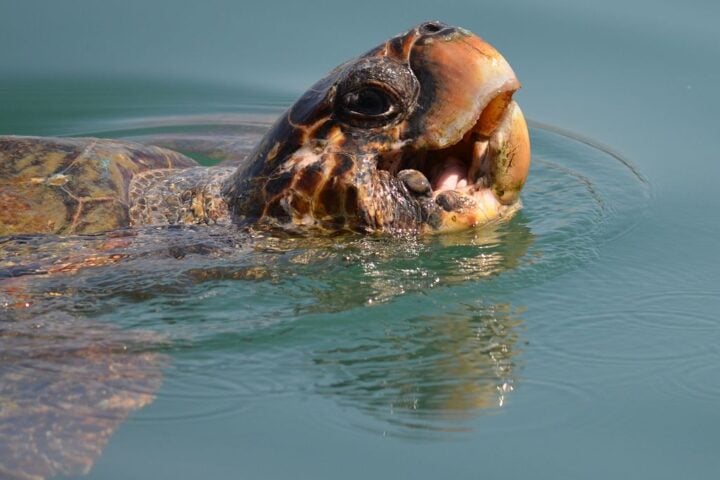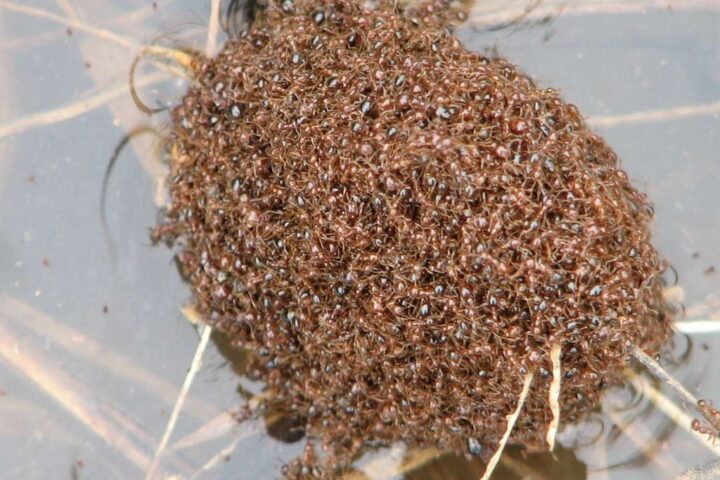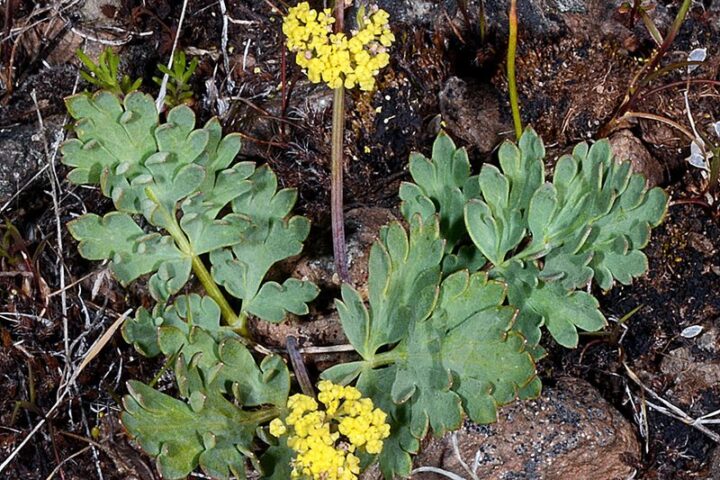Sea Stack are a geographic feature characterized by an elevation of rock emerging from the ocean, above the coastline, formed by the erosion of the waves on a cliff in its less resistant areas. Even tectonic movements, along with the action of water, wind, ice, and other atmospheric agents, wear down the rock, creating cracks and crevices.
Notable examples include the Étretat Sea Stack in France and the Dover Sea Stack in the United Kingdom, among others. It should be noted that some Sea Stack are not located near the coastline. Such is the case with the Sea Stack de Cali and Citará (both in Colombia).
Sea Stack are also a type of “reef,” and constitute an obstacle or a real danger for navigation.
Origin:
Before becoming this type of formation, the Sea Stack was originally part of the mainland. But the process is triggered by the erosive action of the tides on the wall of a cliff, which is carved until forming a cave. The erosion will continue until over time an arch or bridge forms. However, as the wave action never stops, it will continue to wear down the rock until the bridge collapses, leaving only this rocky mass we call a Sea Stack standing.
Additionally, the waves will continue to affect the Sea Stack and, over the years, it will eventually transform into a reef.
The famous “The Twelve Apostles” are one of the most wonderful and well-known examples of Sea Stacks in the world. They are located on the coast of the city of Apostles, in the southern state of Victoria, Australia.
There are also numerous rocky promontories like these on the coast of Lugo, in the autonomous community of Galicia, Spain.
It is a geological formation very similar to the Sea Stax. It designates a column of resistant rock, usually vertical, that protrudes from the sea or near the coast and is isolated due to the action of the waves and wind, which erode it in this way.
The force of the sea water and its constant movement (with the contribution of the action of the wind) repeatedly hits the wall of the cliff weakening the cracks present in it, which inevitably causes it to collapse in parts due to the action of gravity, forming a natural arch, and later, the stack.
Here are some of the terms used for sea stacks in different regions:
- Farallón- The term farallón comes from the Italian “faraglione,” which in turn comes from the Greek “pharos,” meaning lighthouse. This is because in times when navigation was pioneering, these formations were marked with bonfires to avoid accidents during the night.
- Faraglione – This term is used in Italy, particularly around the Capri area. It comes from the Greek word “pharos,” meaning lighthouse.
- Raukar – Used in Sweden, specifically in the Gotland and Öland areas. Raukar are limestone sea stacks that are part of the region’s distinctive landscape.
- Kekur – A term used in Russia, especially in the coastal areas of the Pacific like Kamchatka.
- Stack – This is the common term used in English-speaking countries, including the UK and Australia. Famous examples include the Twelve Apostles in Australia and Old Harry Rocks in England.
- Chimney – Sometimes used in English, this term can refer to thinner, more column-like sea stacks.
- Aiguille – In France, particularly in Normandy near Étretat, the word “aiguille,” meaning needle, is used for very slender, needle-like stacks.
- Pico – In some Spanish-speaking regions, sea stacks might be referred to as “pico,” meaning peak, emphasizing their pointed, peak-like appearance.
Some Well Known Sea Stacks :
- El Capitán, Texas, United States
Located in Guadalupe Mountains National Park, El Capitán is an iconic Sea Stack primarily composed of limestone. It rises over 2,000 feet above the surrounding desert and is famous for its imposing presence and vertical walls that offer challenges for climbers.
- Punta Banda, Baja California, Mexico
These impressive rock formations are located on the west coast of Baja California and are known for their steep cliffs and waters teeming with marine life. The Sea Stack of Punta Banda are a popular destination for birdwatching and diving.
- The Sea Stack of Galicia, Spain
Situated on the Atlantic coast of Spain, the Sea Stack of Galicia are a group of islands and rock formations that stretch along the coast of Galicia. These volcanic islands are marked by steep cliffs and sea caves and are important refuges for seabirds and other animal species.
- Citará, Colombia
Located in the Pacific Ocean off the western coast of Colombia, the Sea Stack of Citará are a series of rocky islands that emerge from the sea. These volcanic formations are known for their marine biodiversity, including coral reefs and tropical fish species.
- The Sea Stack of Mendocino, California, United States
Located along the northern coast of California, the Sea Stack of Mendocino are a series of cliffs and rock formations that rise dramatically from the Pacific Ocean. These impressive structures are havens for seabirds, seals, and sea lions, and are a popular destination for ecotourism and wildlife watching.
- Cali, Colombia
Similar Posts
The Sea Stack in Cali are a mountain range located in southwestern Colombia, near the city of Cali. These mountains are part of the Western Cordillera of the Andes and feature steep peaks and vertical cliffs that rise above the Cauca River valley. The Sea Stack de Cali are a popular destination for outdoor activities such as hiking, rock climbing, and bird watching.
- Los Gigantes, Canary Islands, Spain
Located on the west coast of the island of Tenerife, the cliffs of Los Gigantes are one of Spain’s famous Sea Stack and rise up to 600 meters above sea level. These impressive volcanic Sea Stack are one of Tenerife’s main natural attractions and offer spectacular views of the Atlantic Ocean.
- Capri, Italy
The Sea Stack de Capri, known as “Faraglioni,” are a set of three imposing rocks located on the south coast of the island of Capri, in the Gulf of Naples, Italy. These rock formations are one of the most emblematic symbols of Capri and are known for their scenic beauty and cultural and historical importance. The Sea Stack de Capri are a popular tourist attraction and can be admired from land or on boat tours around the island.
- Dover, United Kingdom
The Sea Stack in Dover is a set of impressive chalk cliffs that stretch along the southeast coast of England, across the Strait of Dover and the English Channel. These Sea Stack, rising up to 106 meters above the sea, are one of the United Kingdom’s most iconic landmarks and have played an important role in the country’s military and cultural history. The Sea Stack de Dover are also an important habitat for seabirds and a popular tourist attraction.
- Étretat, France
Étretat are a series of impressive chalk cliffs located on the coast of Normandy, France. These rock formations, sculpted by coastal erosion over thousands of years, feature natural arches and stone needles that dramatically rise from the sea. The Sea Stack de Étretat have been immortalized in works of art by famous painters such as Claude Monet and Gustave Courbet, and are a popular tourist attraction in the region.
- Pájaros, Micronesia
Located in the western Pacific Ocean, the Sea Stack of Pájaros are a group of volcanic islands known for housing one of the largest colonies of seabirds in the world. These islands are formed by steep cliffs and provide a vital habitat for birds such as albatrosses and shearwaters.
- Bonifacio, Corsica, France
Located in the Strait of Bonifacio, between Corsica and Sardinia, the Sea Stack of Bonifacio are a series of impressive limestone cliffs that rise from the Mediterranean Sea. These rock formations are known for their sea caves and rich marine life, and are a popular destination for diving enthusiasts.
